I have a question concerning the thickness of the prepreg layers in a PCB. If I understand correctly, the prepreg layers are used for "gluing" together the core(s) and copper foil layers.
According to this answer the thickness of the prepreg varies with the height of the etched boards either side of it. From this I deduce that the copper on the etched core will "enter" the prepreg layer, or, equivalently, the prepreg will "yield" where copper features are present (see snapshot below). Does this mean that the final thickness of the prepreg layer will be reduced by the thickness of the copper layer(s) which "enters" it?
To give a concrete example, imagine the following 4-layer Stackup:
Image source: Olimex Quiz Answer – PCB Layers stackup
Assume that the ECAD specs for the Stackup are:
- TOP: 35 um
- Prepreg: 100 um
- GND1: 35 um
- Core: 1200 um
- GND2: 35 um
- Prepreg: 100 um
- Bottom: 35 um
According to the picture above, the copper of GND1 will "enter" the top prepreg layer. This means that, if initially the prepreg's thickness was 100um, after gluing it should be 65um. Is this a correct assumption, or does the stackup information in an ECAD file refer to the final product of the PCB manufacturing process?
In other words, if I give the above specs to a PCB manufacturer, will he use a 135um-thick prepreg to compensate for the copper's thickness, or will he use a 100um-thick prepreg, whence the final prepreg thickness will be 65um?

